 After a long break (for me) I’ll be moderating another SVASE VC Breakfast Club meeting Thursday, October 18th in Palo Alto.
After a long break (for me) I’ll be moderating another SVASE VC Breakfast Club meeting Thursday, October 18th in Palo Alto.
As usual, it’s an informal round-table where up to 10 entrepreneurs get to deliver a pitch, then answer questions and get critiqued by a VC Partner. We’ve had VC’s from Draper Fisher, Kleiner Perkins, Mayfield, Mohr Davidow, Emergence Capital …etc. This Thursday I”ll have the honor of welcoming a repeat guest, Gus Tai, General Partner at Trinity Ventures. Instead of introducing him, I suggest you take a look at his impressive portfolio.
These breakfast meetings are a valuable opportunity for early-stage Entrepreneurs, most of whom would probably have a hard time getting through the door to VC Partners. Since I’ve been through quite a few of these sessions, both as Entrepreneur and Moderator, let me share a few thoughts:
- It’s a pressure-free environment, with no Powerpoint presentations, Business Plans…etc, just casual conversation; but it does not mean you should come unprepared!
- Follow a structure, don’t just roam about what you would like to do, or even worse, spend all your time describing the problem, without addressing what your solution is.
- Don’t forget “small things” like the Team, Product, Market..etc.
- It would not hurt to mention how much you are looking for, and how you would use the funds…
- Write down and practice your pitch, and prepare to deliver a compelling story in 3 minutes. You will have about 8-10 minutes, half of which is your pitch, but believe me, whatever your practice time was, when you are on the spot, you will likely take twice as long to deliver your story.
 The second half of your time-slot is for Q&A.
The second half of your time-slot is for Q&A. - Bring an Executive Summary; some VC’s like it, others don’t.
- Last, but not least, please be on time! I am not kidding… some of you know why I even have to bring this up.

For more information check out the SVASE event page, and don’t forget to register . See you in Palo Alto.
Update: I will also have a special guest: former entrepreneur-turned-into-VC, who got his fame as “the entrepreneur who won’t just take VC abuse.” That is of course before successfully selling his startup and becoming a VC Partner himself. ![]()
Update: This event is now SOLD OUT. Next Thursday I will moderate a VC Breakfast in San Francisco with Robert Troy, Managing Director of Geneva Venture Partners.

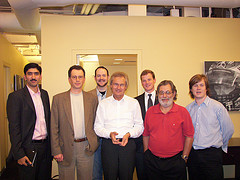
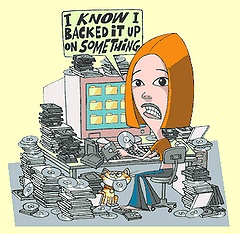 Michael Dell has warmed up
Michael Dell has warmed up 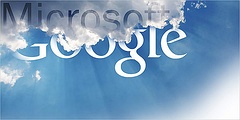
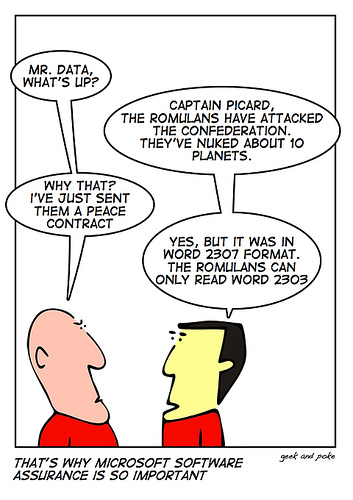
 When it didn’t happen, they must have lost interest – the annual Money upgrades brought less and less new features or even bug fixes, and smart users started to skip releases between upgrades. Then trouble started left and right: weird things happened to my accounts beyond my control. Categorization? I’ve long given up on it, most of my downloaded data is associated with junk categories. The real bad part: data changed in existing accounts, very old transactions downloaded again into already reconciled months..etc. This is my bank account, my money we’re talking about! The very data I meticulously took care of while in my possession now got randomly changed. The only way to be really sure I have the right balances was (is) to go and verify them at the individual bank or broker sites.
When it didn’t happen, they must have lost interest – the annual Money upgrades brought less and less new features or even bug fixes, and smart users started to skip releases between upgrades. Then trouble started left and right: weird things happened to my accounts beyond my control. Categorization? I’ve long given up on it, most of my downloaded data is associated with junk categories. The real bad part: data changed in existing accounts, very old transactions downloaded again into already reconciled months..etc. This is my bank account, my money we’re talking about! The very data I meticulously took care of while in my possession now got randomly changed. The only way to be really sure I have the right balances was (is) to go and verify them at the individual bank or broker sites. ) and not even feel the need to apologize. It’s the absolute Cardinal Sin. And now this company wants me to put my trust in their services?
) and not even feel the need to apologize. It’s the absolute Cardinal Sin. And now this company wants me to put my trust in their services?

![Reblog this post [with Zemanta]](https://www.zoliblog.com/wp-content/uploads/HLIC/c3f6a73b6f73860cb3967d8190b33e5c.png)
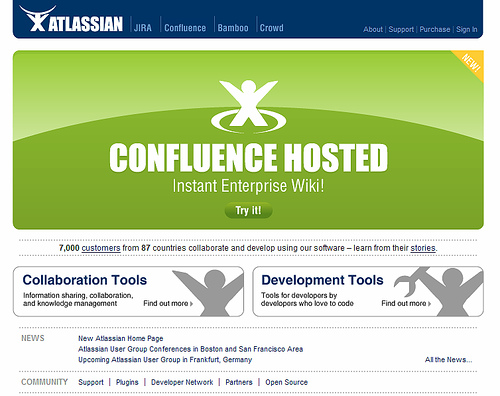
 Oh, well, if you want to find out more about Atlassian, you can attend their user
Oh, well, if you want to find out more about Atlassian, you can attend their user 
Recent Comments